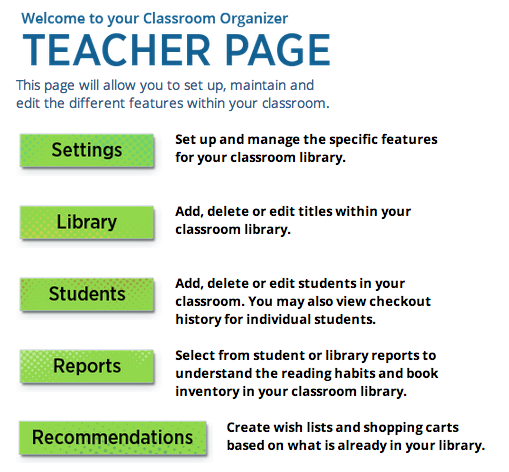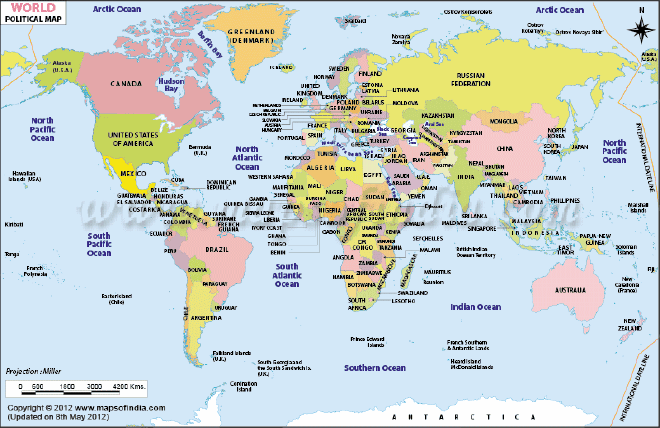Winter break fell smack-dab in the middle of the fantasy writing unit. I am taking advantage of this opportunity (look at the sunny side!) by asking students to read a fantasy book by the end of the break in order to keep their minds on the genre. When we return, I'll ask them to do some reflection on their reading based on the genre definition we constructed at the beginning of the unit. Then I'll have them apply those ideas to their fantasy story drafts to ensure they are writing in the genre.
 |
| image from Amazon.com |
In keeping with my do-what-the-students-do philosophy of teaching reading and writing, I am reading fantasy over the break. I picked Eragon by Christopher Paolini, a book I have heard about for years from students and my own children, but one which I haven't felt motivated to read. At nearly 500 pages, I knew it would take me some time and stamina to get through it. Besides, I am a little tired of the traditional magical fantasy genre-- after Lord of the Rings, what else is there to the hero's quest story?
But if I only read young adult books that I knew I'd like, I would be missing a huge opportunity to connect with students who like to read other things (like quest-based magical fantasy books). So I packed it into my backpack along with my journal as I set off for my winter break travels.
One week later, and I'm on page 440. Here are some things that I noticed about Eragon as a fantasy book (spoiler alert-- I may have to reveal certain plot events to make my point):
 |
| Luke & Obi Wan from pinterest |
- Eragon and Brom are like Luke Skywalker and Obi Wan Kenobi (Star Wars): novice and master, orphan and substitute father figure, novice thrust into adulthood before he's ready when the master dies.
- Eragon and Murtagh are like Frodo Baggins and Aragorn (AKA Strider) (Lord of the Rings): The young hero is suspicious of the unknown and seemingly dangerous stranger at first, but is in a situation where he must rely on him for survival and help. As they journey together, they learn trust and respect, even brotherhood.

Aragorn from wikipedia.com - The idea that True Names have power (every being has a True Name which is not the everyday name that is used in the world-- when one knows another's True Name, they can control the other) is in a lot of books, but I think Ursula K. LeGuin did it first in her short story "The Rule of Names".
- Dragons and Dragon Riders communicate telepathically was seen in Anne McCaffrey's Dragonrider series. It is a convenient device, however, so that Eragon and Saphira can "talk" things through without those around them listening in on their conversation.
- Eragon's world is like medieval times, a common fantasy setting. People ride horses as transportation, the cities are filthy with no modern conveniences, food is meat cooked over fires and bread with few vegetables, weapons are swords and knives and bows & arrows (and magic).
- Anything goes. I guess this is a basic tenant of fantasy. Eragon becomes an amazing swordsman in mere months. He learns magic and is incredibly powerful with very little training. He and one other defeat deadly fierce Urgal creatures with only bruises and scrapes to show for it, although they are outnumbered. The good guys show up to rescue them just in the nick of time! Whew! Eragon meets the girl of his dreams (literally) after only a short search.
I am not sure how all these noticings will help my short story. I guess the message is that it's OK to borrow elements from other texts as long as they are remolded into your own story. After all, the stories we are writing during our writing unit are a way to practice narrative writing techniques. The goal is not to be the most creative or original with our ideas. If a young writer (or an old one like me, but one who needs the scaffold) needs to start with a familiar plot line, that's OK. We are still learning how to do all those other narrative things like writing dialogue that reveals character traits, and structuring the plot either chronologically or with flashbacks, and using inner thinking to help get the message of the story through to the reader. If, along the way, a creative and unique idea emerges, then that's cause for celebration and wonder!





















